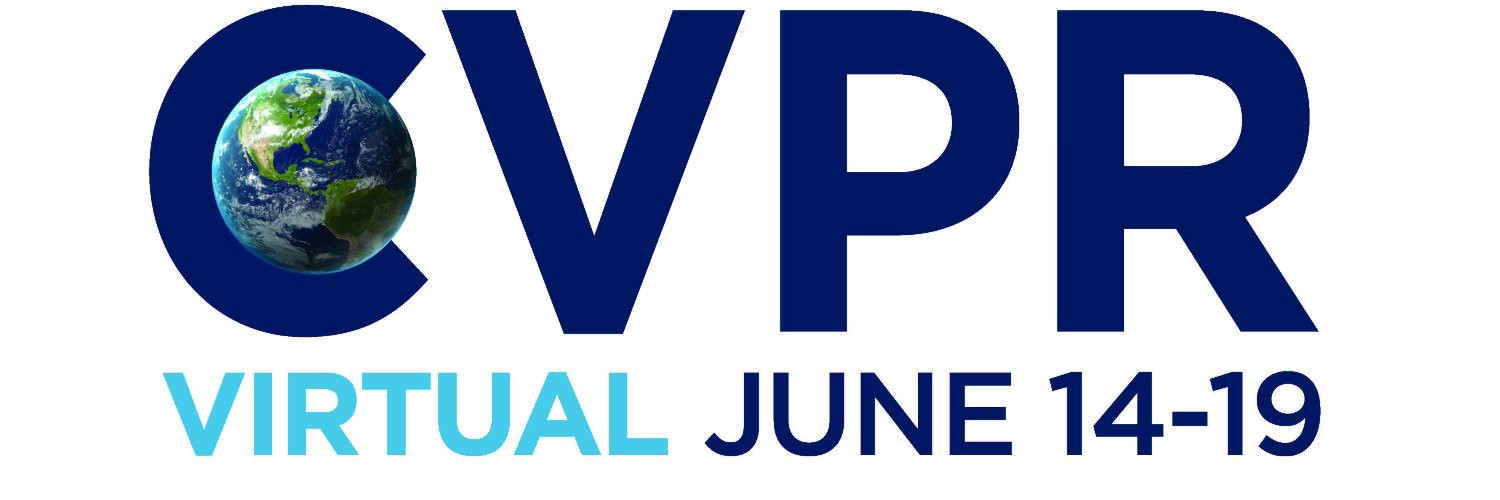Abstract:
Vision-Language Navigation (VLN) is a task where an agent learns to navigate following a natural language instruction. The key to this task is to perceive both the visual scene and natural language sequentially. Conventional approaches fully exploit vision and language features in cross-modal grounding. However, the VLN task remains challenging, since previous works have implicitly neglected the rich semantic information contained in environments (such as navigation graphs or sub-trajectory semantics). In this paper, we introduce Auxiliary Reasoning Navigation (AuxRN), a framework with four self-supervised auxiliary reasoning tasks to exploit the additional training signals derived from these semantic information. The auxiliary tasks have four reasoning objectives: explaining the previous actions, evaluating the trajectory consistency, estimating the progress and predict the next direction. As a result, these additional training signals help the agent to acquire knowledge of semantic representations in order to reason about its activities and build a thorough perception of environments. Our experiments demonstrate that auxiliary reasoning tasks improve both the performance of the main task and the model generalizability by a large margin. We further demonstrate empirically that an agent trained with self-supervised auxiliary reasoning tasks substantially outperforms the previous state-of-the-art method, being the best existing approach on the standard benchmark.

